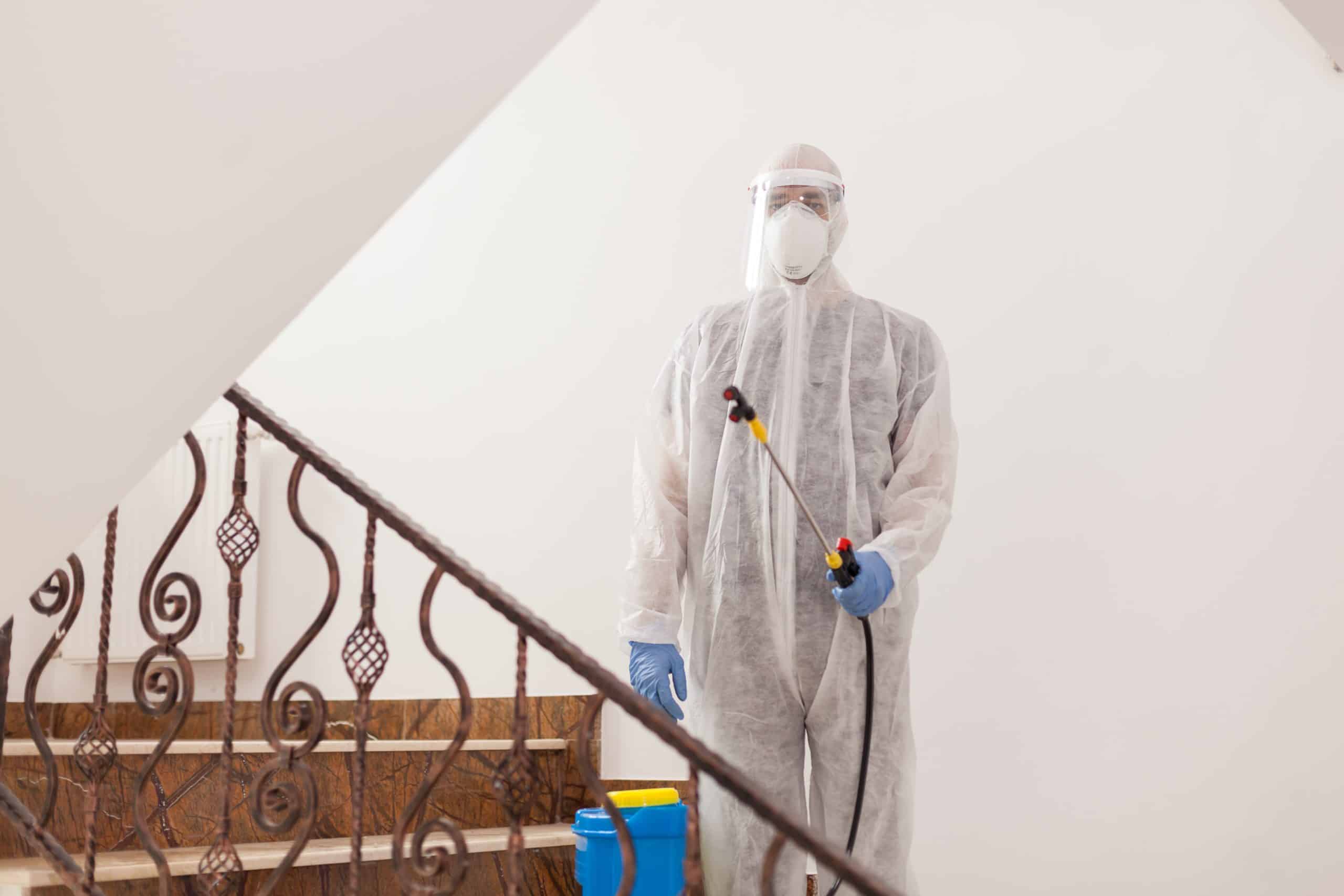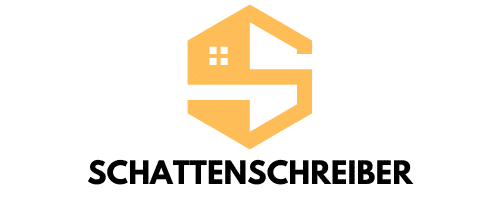What’s the Most Effective Way to Clean and Sanitize Pet Toys and Accessories?

As dedicated pet owners, you know only too well how much joy your four-legged friend gets from their favorite toy, be it a chewy bone, plush animal, or a rope meant for tugging. It’s not just the fun that matters, though. Regular play with toys contributes to your pet’s mental stimulation and physical well-being.
But have you ever stopped to think about the state of your pet’s toys? Chewed, drooled on, and often dragged across a variety of surfaces, these playthings can quickly become a hotbed for dirt and bacteria. It’s vital to ensure that your pet’s toys, and other accessories are as clean as your pooch or kitty.
Have you seen this : What Are the Best Practices for Keeping Aquarium Water Crystal Clear Without Harmful Chemicals?
The Importance of Cleaning Pet Toys
Like any item frequently used and loved, pet toys, particularly the plush variety, can accumulate a shockingly high amount of dirt and bacteria over time. From food residues to drool, outside dirt, and even fecal matter, these playthings can bring a multitude of germs into your home, exposing both your pet and your family to potential health risks.
An unwashed toy isn’t just unsightly; it can also be a source of bacterial infections for your pet. Dogs, especially, are notorious for using their mouths to explore their environments, which includes their beloved toys. If the toy harbors bacteria, it can lead to dental issues or more serious infections.
Additional reading : How to Create an Engaging and Safe Environment for a Pet Bird in an Aviary?
How Often Should You Clean Pet Toys?
Determining the frequency of toy cleaning depends on several factors. Consider how often your pet uses the toy, where the toy is used, and what type of toy it is.
The general rule of thumb is to clean hard toys once a month, and wash plush toys once a week if they are used daily. If the toy has been in contact with a sick pet, or if your dog takes it outside frequently, consider cleaning it more often.
Methods of Cleaning Pet Toys
There are several effective methods for keeping your pet’s toys spick and span. The first step, however, is to check the care label on the toy. Some toys may be machine washable, while others may require hand washing.
For hard toys, such as rubber or plastic ones, a thorough scrub with warm, soapy water should do the trick. Rinse and dry thoroughly before giving it back to your pet.
Rope toys can be tricky to clean due to their structure. Placing them in a mesh bag, and running them through a washing machine cycle is a practical solution.
As for plush toys, most can be safely washed in a washing machine. Use a gentle cycle with warm water, and a pet-safe detergent. Following the wash, give the toy a thorough inspection to ensure there are no loose parts that could pose a choking hazard.
Sanitizing Pet Toys
Beyond regular cleaning, it’s important to sanitize pet toys to kill bacteria that could be harmful. There are several ways to do this safely and effectively.
For hard toys, placing them in a solution of one part bleach to ten parts water and letting them soak for a few minutes can kill any lingering germs. Rinse thoroughly and allow to air dry completely before returning the toys to your pet.
Plush and rope toys can be sanitized in the washing machine by adding a cup of white vinegar to the rinse cycle. The vinegar will help neutralize any odors and kill bacteria without the use of harsh chemicals. Again, check for any loose parts before giving them back to your pet.
In conclusion, keeping your pet’s toys clean isn’t just about aesthetics; it’s about health and safety. Regular cleaning and sanitizing of toys can help keep your pet and your home free from harmful bacteria. So next time your pup drops that slobbery ball in your lap, remember to give it a good cleaning before the next play session.
Keeping Your Pet’s Feeding Accessories Clean
Along with dog toys, it’s important to keep your pet’s feeding accessories clean. From dog food bowls to water containers, these items can also become breeding grounds for bacteria that could infect your pet and potentially, other members of your household.
Regardless of whether you use plastic, ceramic or stainless steel bowls, they all need to be washed daily. Leftover dog food or saliva can quickly attract bacteria. You can typically wash these items in a dishwasher or with hot soapy water by hand. It’s crucial to rinse them thoroughly to remove all soap or detergent, which could be harmful if ingested by your pet.
Water bowls should also be cleaned every day. This is because bacteria and algae can quickly form in standing water, especially during warm weather. Washing them with hot soapy water and rinsing them thoroughly is a good routine to follow.
Feeding mats or trays also need regular cleaning. They can often be forgotten but should be wiped clean daily and given a deep clean once a week. If they are made from a material that is dishwasher safe, such as silicone, they can be run through a wash cycle for convenience.
Finally, don’t forget to regularly clean your pet food storage containers. These should be deep cleaned once a month to avoid the buildup of old food residue that can attract pests and cause a foul smell. Use hot soapy water, rinse thoroughly and allow it to air dry before refilling with food.
The Role of Your Local Pet Shop
Your local pet shop can be a valuable resource when it comes to cleaning and maintaining your pet toys. Many pet shops stock a range of cleaning products specifically designed for pet toys and accessories. These items are generally pet safe and free from harsh or toxic chemicals.
In addition, the staff at your pet shop can provide advice on how to clean specific types of toys. They may be able to recommend certain products or techniques for cleaning dog toys that you hadn’t considered. For instance, they could suggest a specific brand of pet-safe detergent for washing soft toys in a washing machine, or a particular type of brush for cleaning rope toys.
It’s worth noting that not all toys can be cleaned effectively. Some, especially those that are heavily chewed or damaged, should be replaced rather than cleaned. Your pet shop can guide you towards durable toys that will withstand repeated washings and heavy play.
Conclusion: The Benefits of Clean Pet Toys
Clean pet toys aren’t just good for your pet; they’re good for your home too. Maintaining a regular cleaning schedule can drastically reduce the amount of dirt and bacteria your furry friend brings into your living space. Clean toys can also extend the lifespan of the toy, saving you money in the long run.
Additionally, keeping your pet’s toys clean and sanitized can be beneficial for their health. It can reduce the risk of your pet contracting bacterial infections, suffering from dental issues, or having an upset stomach from ingesting dirty toys.
So remember, next time you’re playing fetch with your furry friend, ensure that slobbery ball gets a good wash before the next game. Regular cleaning and sanitizing don’t just make for a happier, healthier pet but a cleaner home too. So never underestimate the importance of keeping your pet’s toys and accessories spick and span.
